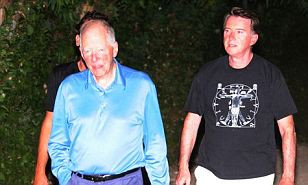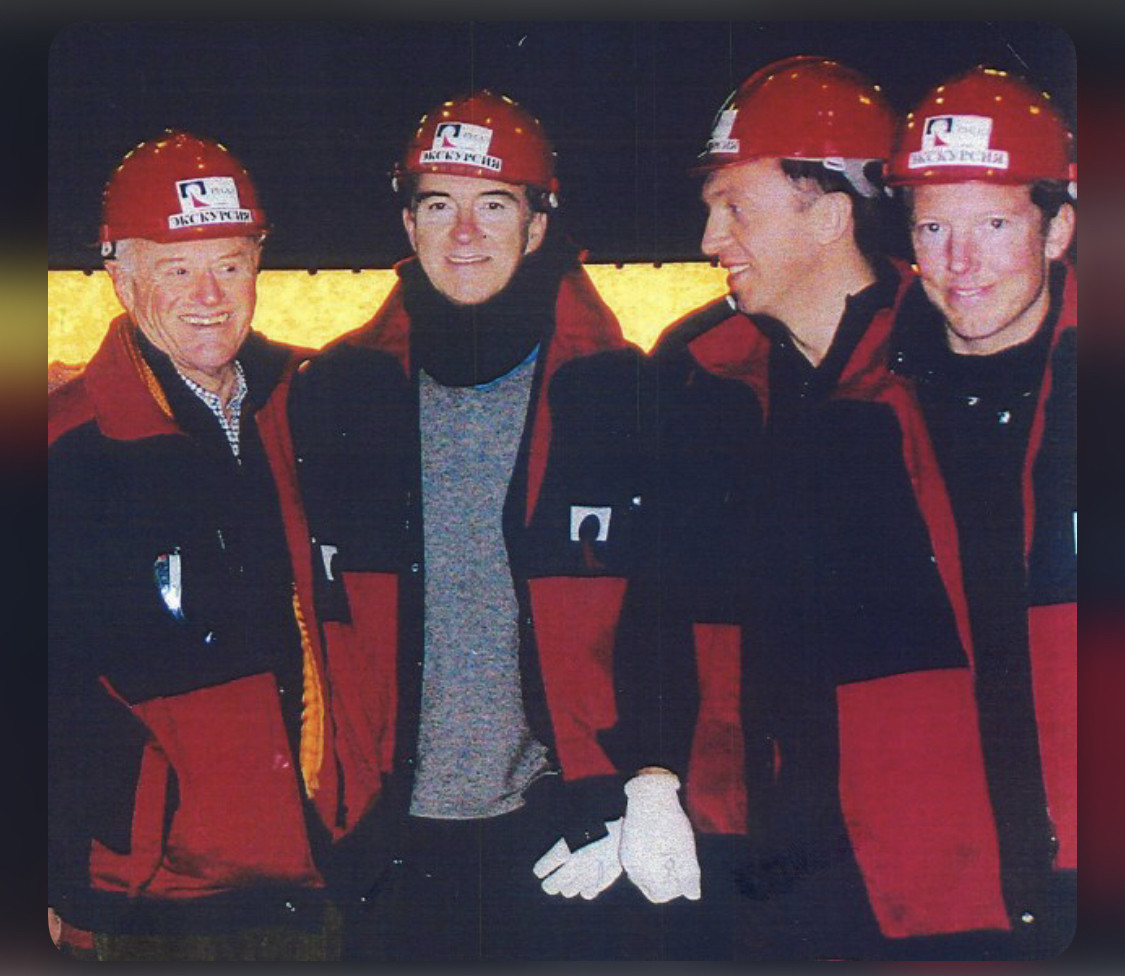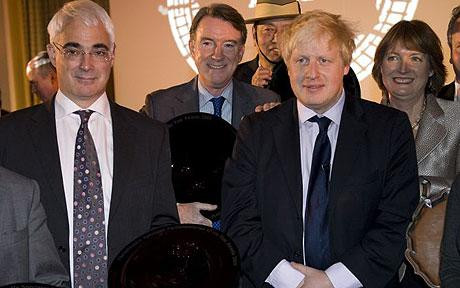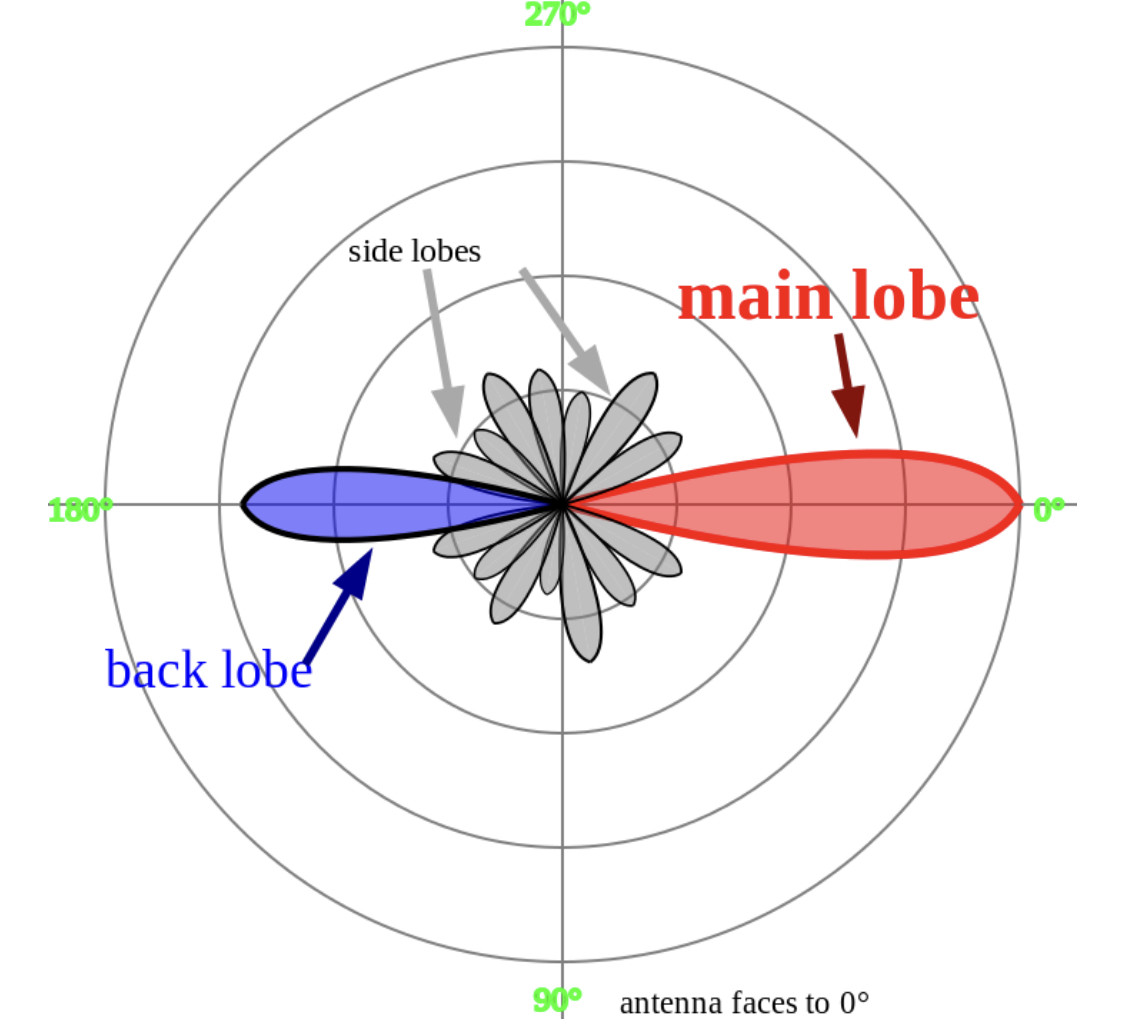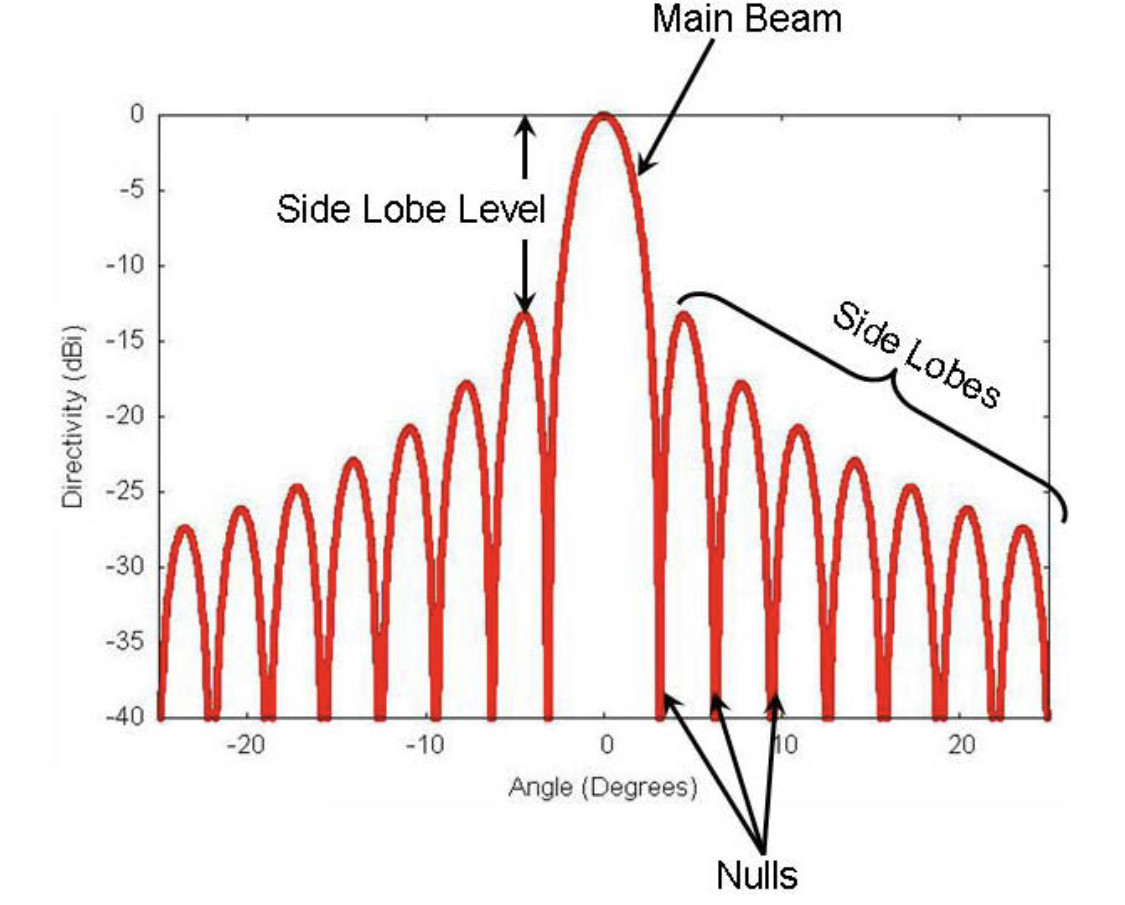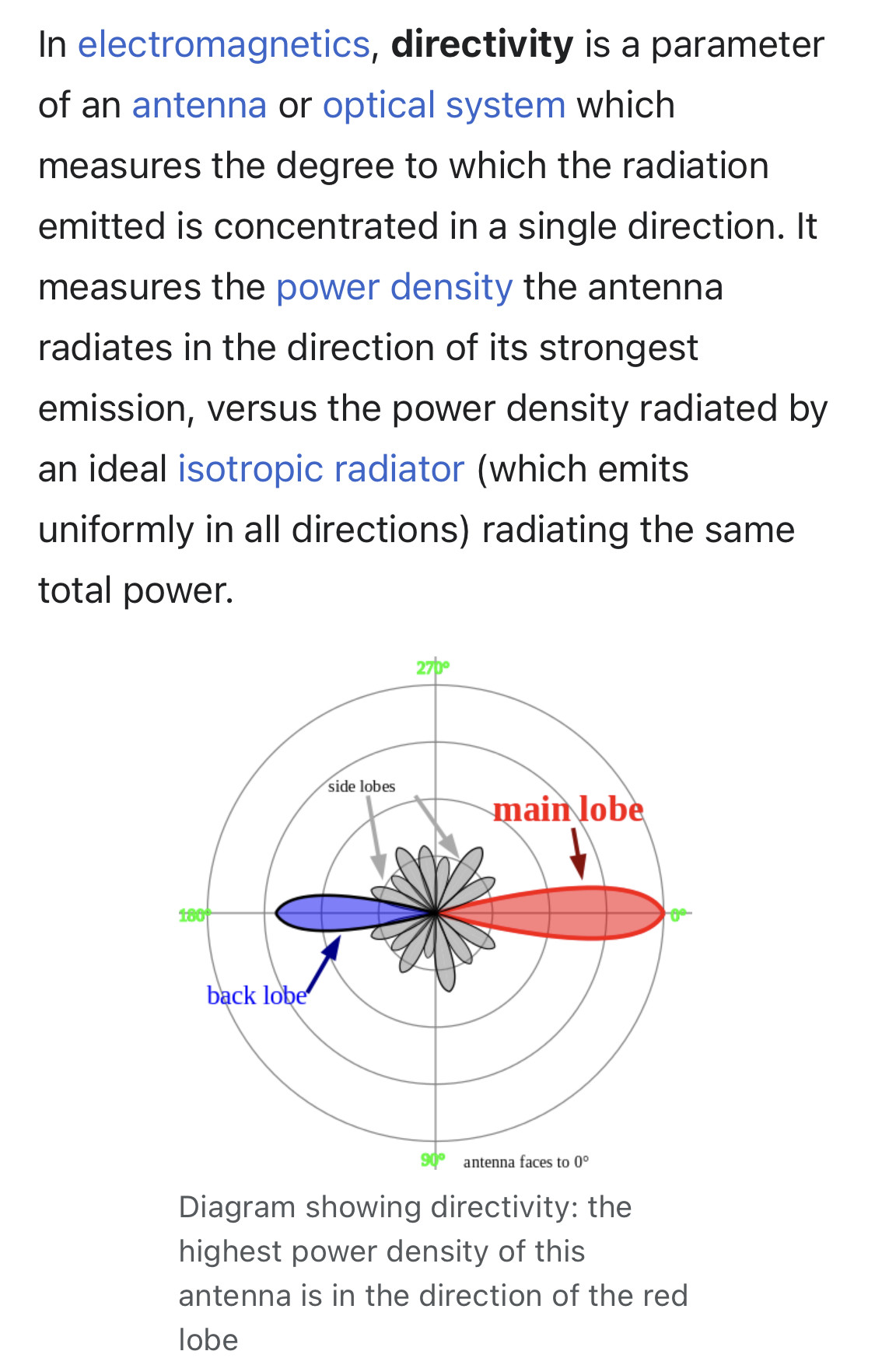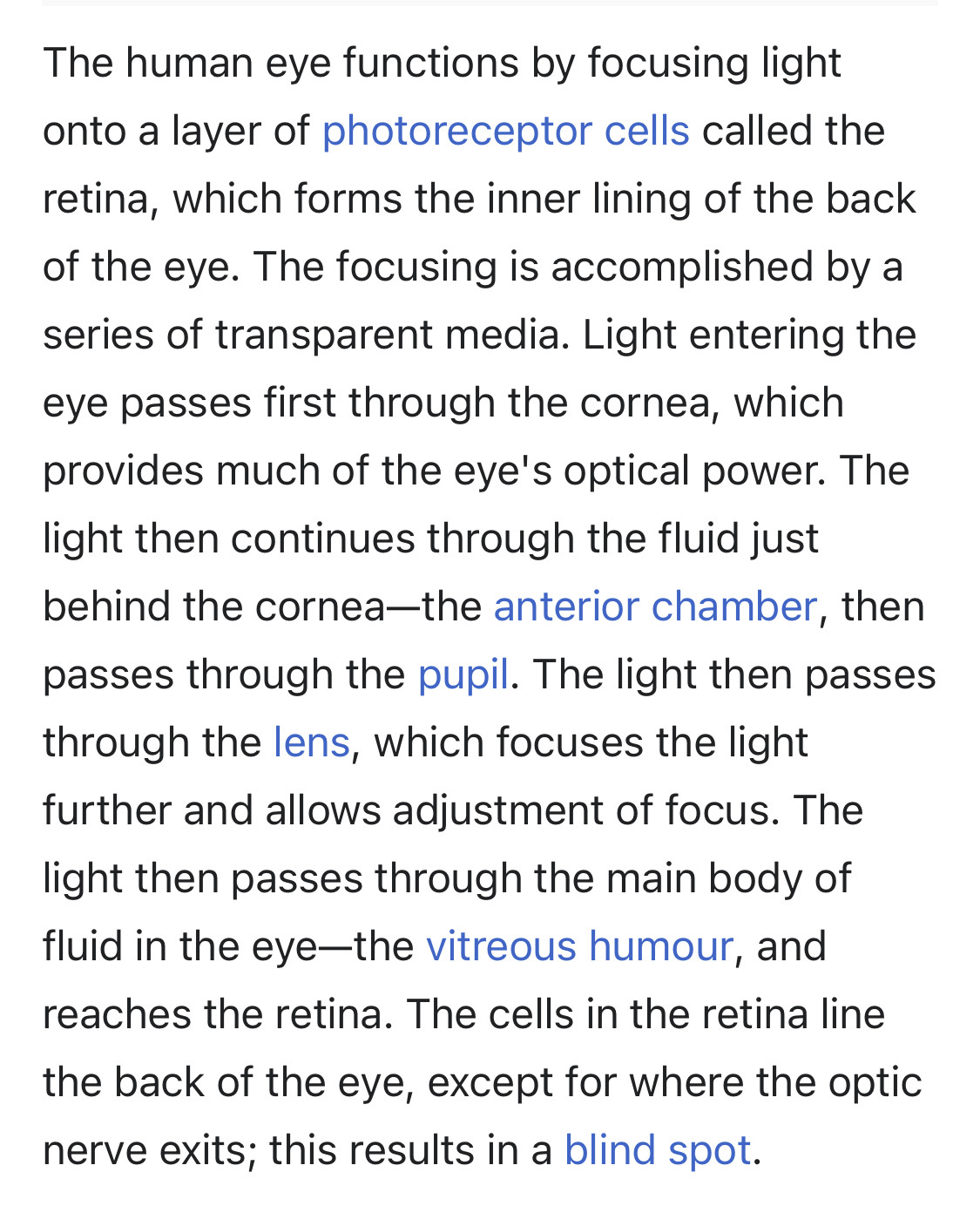QSI Telegram, learning about Quantum Stellar Financial System, Medbeds, Liberty/Freedom, Checks and Balances, disclosure, Ascension,💜♾️
Related?
She is also married to Evelyn de Rothschild, whose estimated net worth is $20 billion. The main source of her income is E.L Rothchild, which is a holding company, and also she has sold her stakes in many companies in the past.
Sir Evelyn serves as Queen Elizabeth II's financial adviser. He has been a Governor of the London School of Economics and Political Science as well as an active patron of the arts and supporter of a number of charities. He served as Chairman of the Delegacy of St Mary's Hospital Medical School from 1977 to 1988.
Since electromagnetic radiation is dipole radiation, it is not possible to build an antenna that radiates coherently equally in all directions, although such a hypothetical isotropic antenna is used as a reference to calculate antenna gain.
The simplest antennas, monopole and dipole antennas, consist of one or two straight metal rods along a common axis. These axially symmetric antennas have radiation patterns with a similar symmetry, called omnidirectional patterns; they radiate equal power in all directions perpendicular to the antenna, with the power varying only with the angle to the axis, dropping off to zero on the antenna's axis. This illustrates the general principle that if the shape of an antenna is symmetrical, its radiation pattern will have the same symmetry.
In most antennas, the radiation from the different parts of the antenna interferes at some angles; the radiation pattern of the antenna can be considered an interference pattern.
This results in zero radiation at certain angles where the radio waves from the different parts arrive out of phase, and local maxima of radiation at other angles where the radio waves arrive in phase. Therefore, the radiation plot of most antennas shows a pattern of maxima called "lobes" at various angles, separated by "nulls" at which the radiation goes to zero. The larger the antenna is compared to a wavelength, the more lobes there will be.
For a complete proof, see the reciprocity (electromagnetism) article. 😉
Here, we present a common simple proof limited to the approximation of two antennas separated by a large distance compared to the size of the antenna, in a homogeneous medium.
Optics is the branch of physics that studies the behaviour and properties of light, including its interactions with matter and the construction of instruments that use or detect it. Optics usually describes the behaviour of visible, ultraviolet, and infrared light. Because light is an electromagnetic wave, other forms of electromagnetic radiation such as X-rays, microwaves, and radio waves exhibit similar properties.
Some phenomena depend on the fact that light has both wave-like and particle-like properties. Explanation of these effects requires quantum mechanics. When considering light's particle-like properties, the light is modelled as a collection of particles called "photons". Quantum optics deals with the application of quantum mechanics to optical systems.
A blind spot,
scotoma,
is an obscuration of the visual field.
A particular blind spot known as the physiological blind spot, "blind point", or punctum caecum in medical literature, is the place in the visual field that corresponds to the lack of light-detecting photoreceptor cells on the optic disc of the retina where the optic nerve passes through the optic disc.
scotoma
/skɒˈtəʊmə,
skə(ʊ)ˈtəʊmə/
MEDICINE
noun: scotoma; plural noun: scotomata; plural noun: scotomas
a partial loss of vision or blind spot in an otherwise normal visual field.
mid 16th century (denoting dizziness and dim vision): via late Latin from Greek skotōma, from skotoun ‘darken’, from skotos ‘darkness’.
From Ancient Greek Θωμᾶς (Thōmâs), from Aramaic תאומא (“twin”).
Tomás m (genitive Thomáis)
Tomáisín m (genitive Tomáisín)
A diminutive of the male given name Tomás, equivalent to English Tom or Tommy
They had a thick rim, and when struck with pieces of wood, gave out a tone deeper than that of some of the Great Toms renowned in belldom.
After these came innumerable little boys bearing little bells, which made little noises in comparison to the "Big Tom" that preceded them.
Tom
A large, deep-toned bell, or a particularly notable example of one. [since 17th century]
tom-tom (third-person singular simple present tom-toms, present participle tom-tomming, simple past and past participle tom-tommed)
To play the tom-tom (pair of drums).
Some man that wayfaring was stood by housedoor at night's oncoming.
oncoming (plural oncomings)
Approach, onset
From on- + set. Compare Old English onsettan (“to impose; oppress, bear down”).
Elastic and viscous stresses are usually combined under the name mechanical stress.
(phonology) The initial portion of a syllable, preceding the syllable nucleus.
Antonym: coda
Coordinate terms: nucleus, coda
Holonym: syllable
(acoustics) The beginning of a musical note or other sound, in which the amplitude rises from zero to an initial peak.
A setting about; a beginning.
Synonyms: start, beginning; see also Thesaurus:beginning
Anything added, such as an ornament or as a useful appendage.
onset (third-person singular simple present onsets, present participle onsetting, simple past and past participle onset)
(obsolete) To assault; to set upon.
(obsolete) To set about; to begin.
onset (plural onsets)
(archaic) An attack; an assault especially of an army.
Synonym: storming





